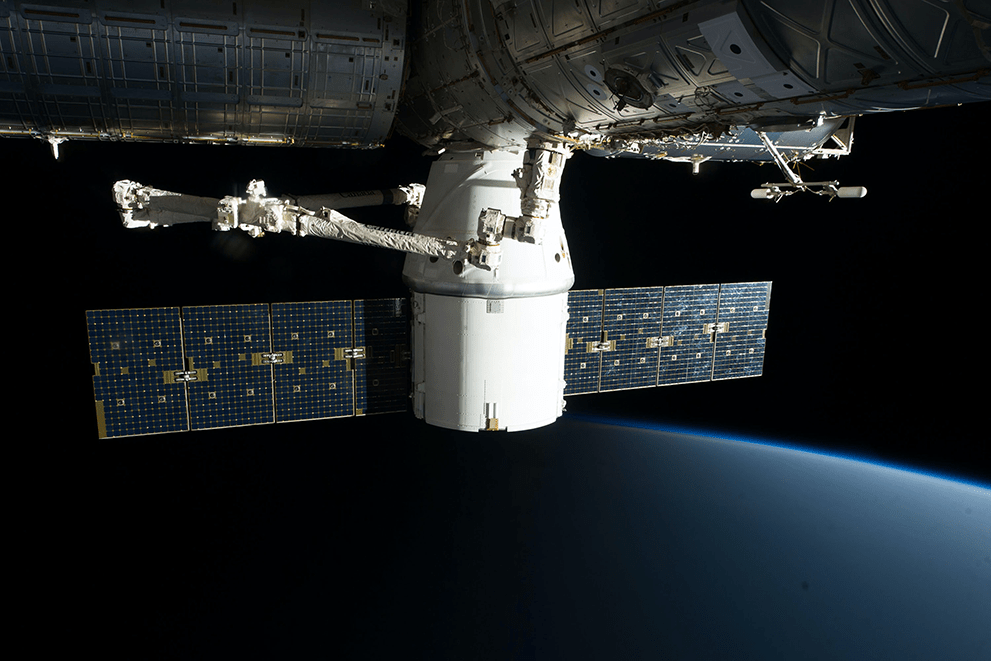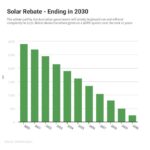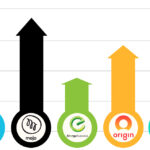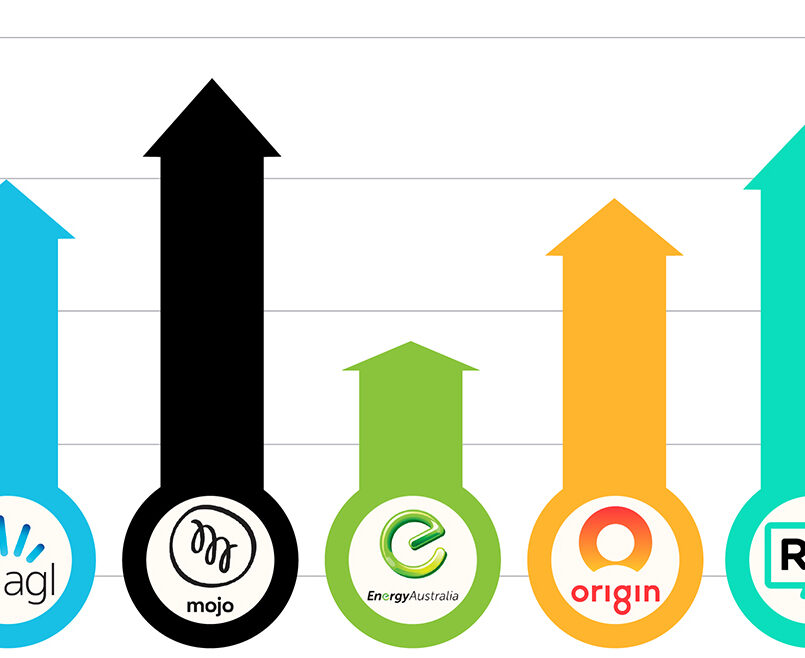Shedding some sunlight on Solar! [Key questions answered]
Shedding some sunlight on Solar! [Key questions answered]
In an information dense world with so many new solar companies, products, and opinions popping up almost daily, we thought that the beginning was a good place to start. Most of us have some understanding of what solar is, but as the saying goes, “knowledge is power.”
In this article we look to address the following questions:
What is solar?
How far has the technology come?
How have these advancements changed the game?
What do solar system sizes mean?
What is Solar?
In its most basic form, Solar takes energy from the sun and transforms it into usable, sustainable, and reliable energy. The sun emits solar radiations (light). When this light hits the solar cells, it is converted into usable energy. Solar cells are also known as photovoltaic or PV cells; they are made up of semiconductor materials, similar to those found in computer chips. When the sunlight hits the cells, it knocks electrons loose, and as they flow through the cells they generate electricity. No matter what it’s powering, solar energy is an inexhaustible, virtually pollution-free fuel source.
How far has the technology come?
From the first observation of the photovoltaic effect in 1839 to today’s 10KW systems, solar has not slowed in its development. Let’s go back to 2010 – what did solar look like?
Although solar panels a decade ago appeared remarkably similar to what we have available today, a lot has changed “under the hood.” The cells themselves are bigger and additional layers of cells have been added. Not only that, but the costs are about 20% of what they were a decade ago, which is mainly due to improved manufacturing efficiencies and improved PV technology.
Bear in mind that although there may be larger systems on the market, they may not always be the best choice for your home. Liaise with your solar professional to make sure you get the right fit for your energy requirements or call us and we’ll point you in the right direction first. Ph: 1300 815 296
How have these advancements changed the game?
The advancements in technology, increase in procedure efficiency, and competition in the solar market have drastically reduced the overall price of solar systems for consumers. This has been the biggest change over the past decade. It has made solar accessible to more Australians, some of whom are able to get solar for no cost – this helps to reduce their bills and can potentially provide them with a passive income, to boot.
On a larger scale, once the government rebate was announced and solar became more alluring to consumers and manufacturers alike, installations in Australia began to increase year on year. As a country, we went from a laggard in the global solar game to one of the front runners, even beating the powerhouse of Germany! As of December 2020, Australia ranks #1 in the world for installed solar PV capacity per capita.
What is the difference between solar system sizes?
When we speak about 6.6KW systems, this measurement is a reflection on how many panels you have on your roof. Although individual panels can achieve different wattages, 370W or 390W it generally means that the panels also are larger in size, which in turn affects how many can be fitted on your roof. Some would say that in the current market, increased wattage is a moot point.
For example, if you have 370ml water bottles and can fit 18 of them in a box, that means you will be able to carry 6.6Litres. (370ml x 18 = 6.6L).
The same applies to Solar. If you had slightly larger water bottles, each individual bottle could hold slightly more, but you wouldn’t be able to fit as many in the box. This is why it is crucial to trust your consultant and let them guide you as to what is best for your home and your energy usage. That being said, it is also important to trust your gut if you’re dealing with a company and they’re not making sense or you feel as though they are pressuring you to sign a contract get a second opinion. Once again, we’re here to help ph:1300 815 296.
Fun fact:
The Vanguard 1 satellite was the first spacecraft to utilize solar in outer space, it launched in 1958.




